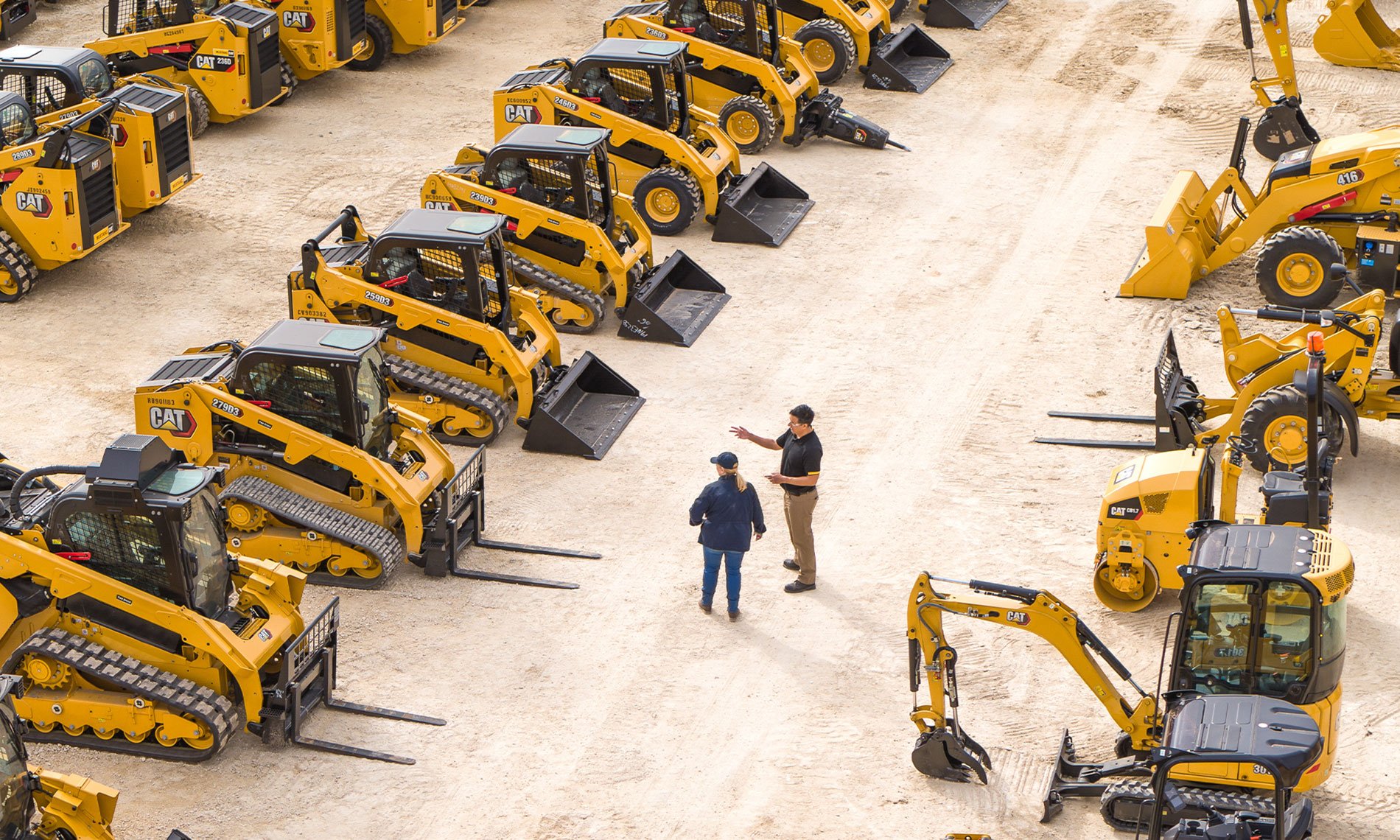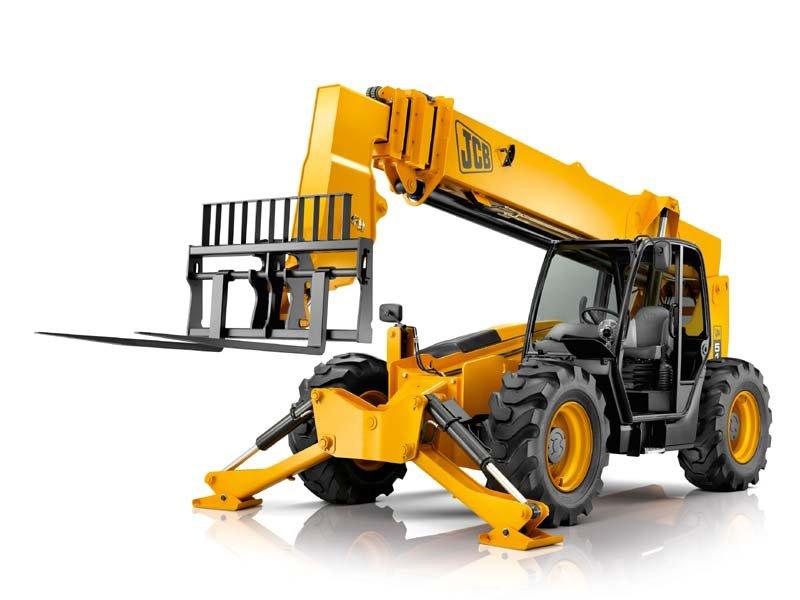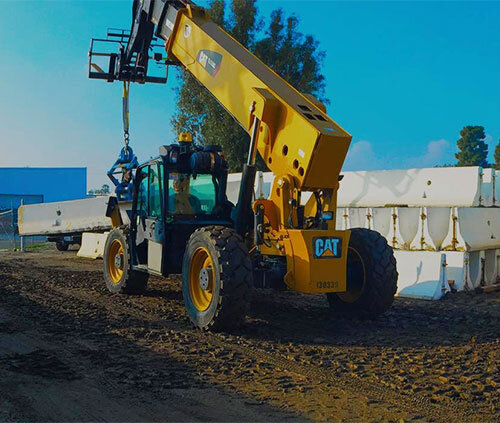Boom Lift Rental: Cost Effective and Reliable Lifts for Any Job
Boom Lift Rental: Cost Effective and Reliable Lifts for Any Job
Blog Article
Optimize Your Spending Plan by Comprehending the Prices Connected With Construction Devices Leasings
Understanding the full range of expenses associated with building tools services is important for optimizing your spending plan. What strategies can be utilized to effectively handle these costs and make sure a more efficient rental experience?
Review of Rental Expenses
When thinking about building and construction equipment rentals, recognizing the associated costs is extremely important for effective budgeting and job planning. Rental expenses can vary significantly based on several variables, consisting of devices type, period of service, and place. The initial rental charge often mirrors the tools's market demand and its linked functional abilities, influencing the general expenditure.
In enhancement to the base rental price, ancillary costs might emerge, such as transportation costs, gas additional charges, and maintenance fees. It is vital to represent these extra expenses to precisely assess the complete price of leasing equipment. The rental period can impact prices; longer leasings may qualify for affordable rates, while short-term services could incur greater day-to-day charges.

Break Down of Rental Rates
A detailed understanding of rental rates is important for professionals and task managers aiming to optimize their budget plans. Rental prices for construction tools commonly contain several parts, including base prices, time-based costs, and use charges.
Base rates are the core costs connected with the service of the devices, commonly figured out by the type and dimension of the machinery. These rates can differ substantially, influenced by factors such as tools demand, availability, and local market trends. Time-based costs, which might be daily, weekly, or monthly, serve to suit different task timelines and rental periods.
Additionally, rental prices may consist of usage fees, which are relevant when devices is made use of past a specified limit, guaranteeing that the rental firm can make up deterioration. Seasonal need changes can also impact rental prices, with peak building seasons normally commanding greater prices.
Additionally, understanding the rental firm's policies relating to maintenance and insurance policy can supply more insight into the total expense structure. By examining these elements, professionals can make enlightened decisions, making sure the selection of rental devices straightens with both project demands and spending plan constraints.
Additional Charges to Think About
Recognizing the details of additional fees is essential for specialists to handle their general leasing expenditures properly. Past the basic rental rates, different auxiliary charges can substantially influence the complete cost of equipment leasing. These fees frequently include delivery and pick-up costs, which can differ based upon range and logistics associated with carrying the devices to and from the task site.
Moreover, some rental firms might enforce fuel surcharges if the equipment is returned with much less gas than when leased. It is also necessary to recognize potential cleansing charges, especially for specialized tools that calls for complete maintenance after use.

Completely reviewing the rental contract and clearing up these extra charges upfront can aid specialists avoid unanticipated expenses and ensure that budget plans continue to be intact throughout the task lifecycle.
Repair And Maintenance Costs
Normal maintenance and fixing costs are often ignored factors that can dramatically influence the general price of building tools leasings. When renting out equipment, it is important to take into consideration not only the rental charges yet also the possible prices connected with maintaining the equipment in optimum operating problem.
Several rental companies consist of standard upkeep as part of the rental contract; nonetheless, more unforeseen malfunctions or considerable repairs can result in extra expenditures. It's necessary to evaluate the rental contract very carefully to comprehend what upkeep solutions are covered and what duties drop on the renter.
Furthermore, equipment that is not well-kept can result in ineffectiveness at work website, possibly raising and causing delays project costs. To mitigate these threats, it is advisable to perform normal examinations and keep open interaction with the rental supplier pertaining to any kind of concerns that develop during use.
Insurance and Liability Prices
Insurance policy and obligation expenses are crucial components that can significantly impact the total expense of construction equipment services (boom lift rental). These prices make certain that both the rental business and the client are shielded from prospective financial losses emerging from mishaps, damage, or burglary during the rental duration

Additionally, customers should recognize any deductibles or exemptions in the insurance coverage policy, as these can influence potential out-of-pocket costs. Understanding the terms and conditions of any kind of insurance coverage is essential to avoid unforeseen costs. Eventually, budgeting for insurance policy and liability costs can aid ensure a smoother rental experience and secure versus building equipment financial dangers linked with construction jobs.
Final Thought
In verdict, a thorough understanding of the prices connected with building equipment rentals is essential for reliable spending plan monitoring. Eventually, informed decision-making regarding tools leasings contributes to the overall success of building and construction ventures.
Rental expenses can differ significantly based on numerous aspects, including tools kind, duration of service, and place (aerial lift rental). The rental duration can impact rates; longer leasings might qualify for discounted prices, while short-term leasings might sustain higher important source day-to-day charges
By performing extensive research and involving with credible rental companies, service providers can properly navigate the intricacies of rental prices, inevitably compact construction equipment maximizing their economic resources.
Beyond the standard rental rates, numerous supplemental costs can considerably influence the total expense of tools rental. Rental business often offer responsibility insurance that covers injuries to 3rd events or damage to residential property, while equipment damage insurance policy can cover the cost of repair work or substitute if the rented out equipment is damaged.
Report this page